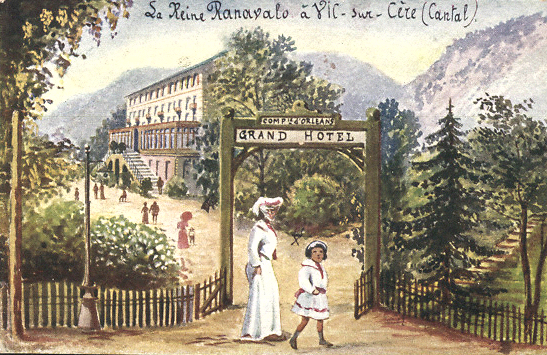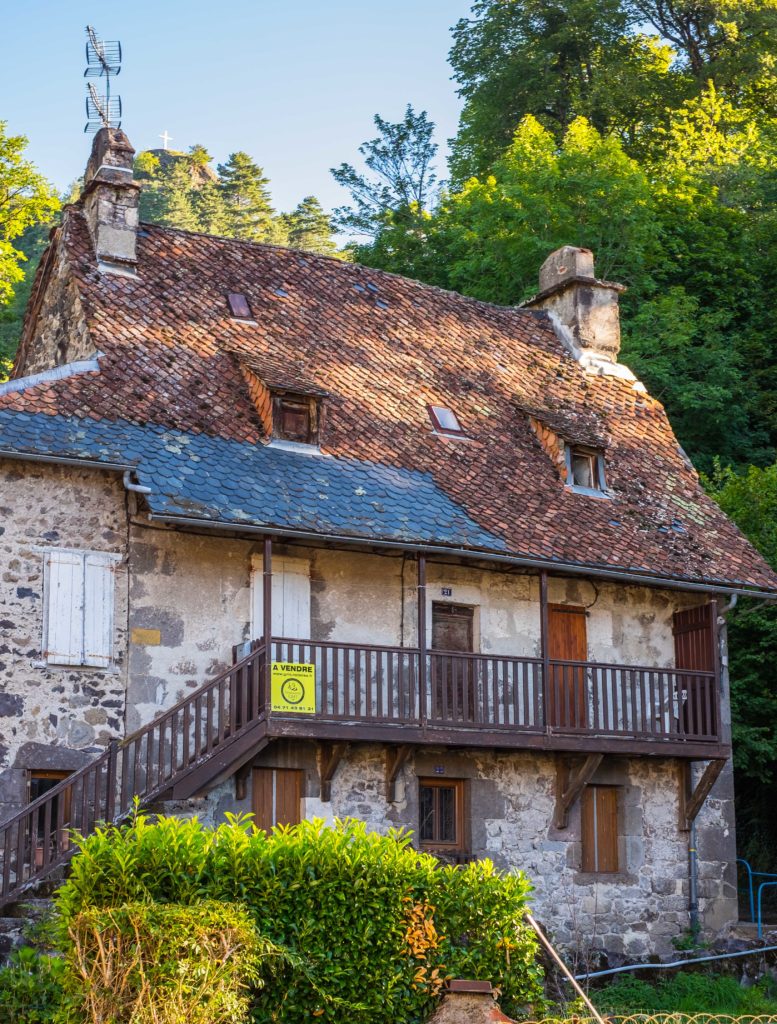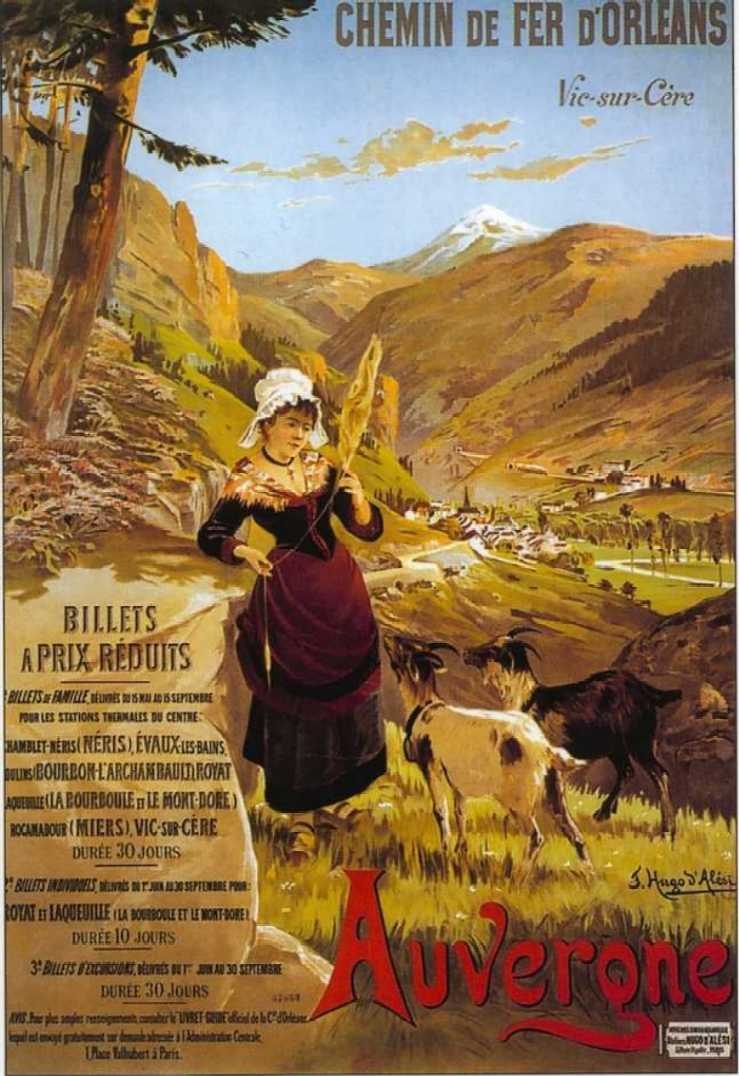A trip to a little-known corner of France
Vic-sur-Cère is a good example of the places I find most interesting as I travel around the deep heart of France. It’s not on the official list of France’s “most beautiful villages” – although it probably could be, if residents made the effort. It’s not a tourist mecca during the August vacations, although it gets a 1-star recommendation in the Michelin Green Guide for the region. It’s the kind of place that, when you do a search for “things to do in Vic-sur-Cère”, you get a list of all the nearby towns where there really are “things to do.”
In fact, this little village appears to live quietly with its rich history, proud of the role it played in the past but comfortable with what it is today: a lively small town with several fine medieval buildings in one of the most beautiful natural settings you can find anywhere on earth. (OK, I’m biased about the Cantal – but you knew that already, right?)
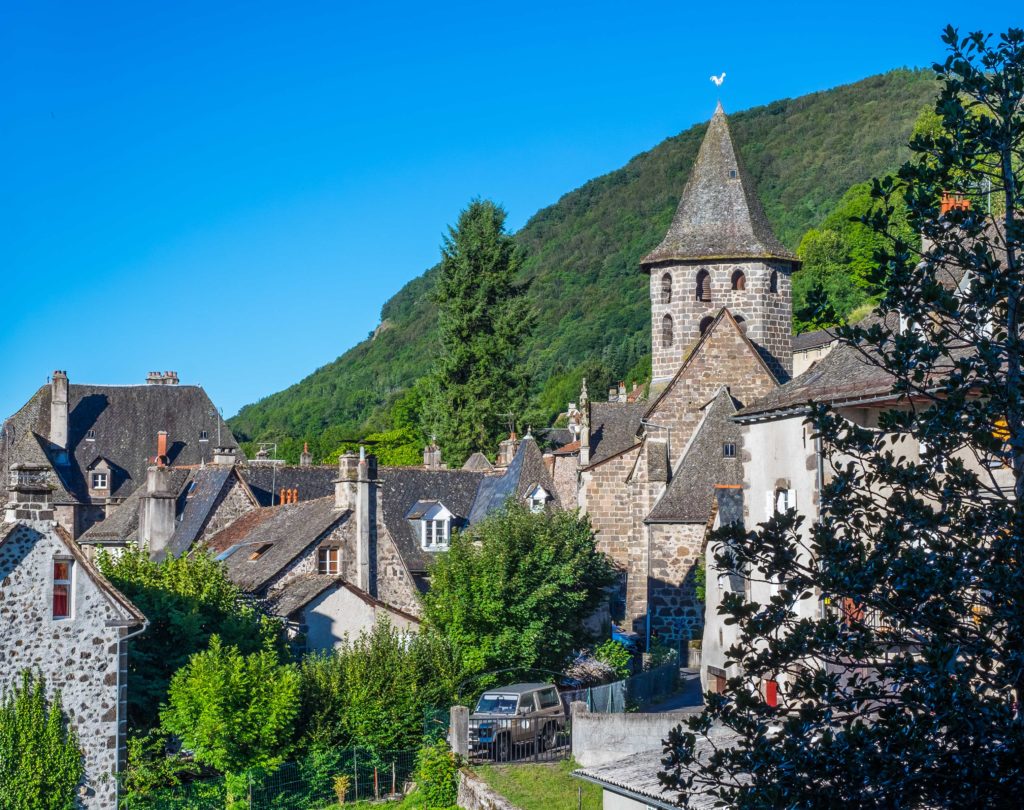
An antique name for a region of Auvergne
I knew there would be some interesting history here when I learned that “Vic-sur-Cère is the capital city of the Carladès.” Carladès? In 20+ years of traveling around the Auvergne, I’d never heard the word. It turns out it’s an antique name for this little sub-region of the Cantal département. The first Viscount of Carlat or Carladès shows up in the history books in 918 A.D., and the title still exists today! (But more about that in a moment…)
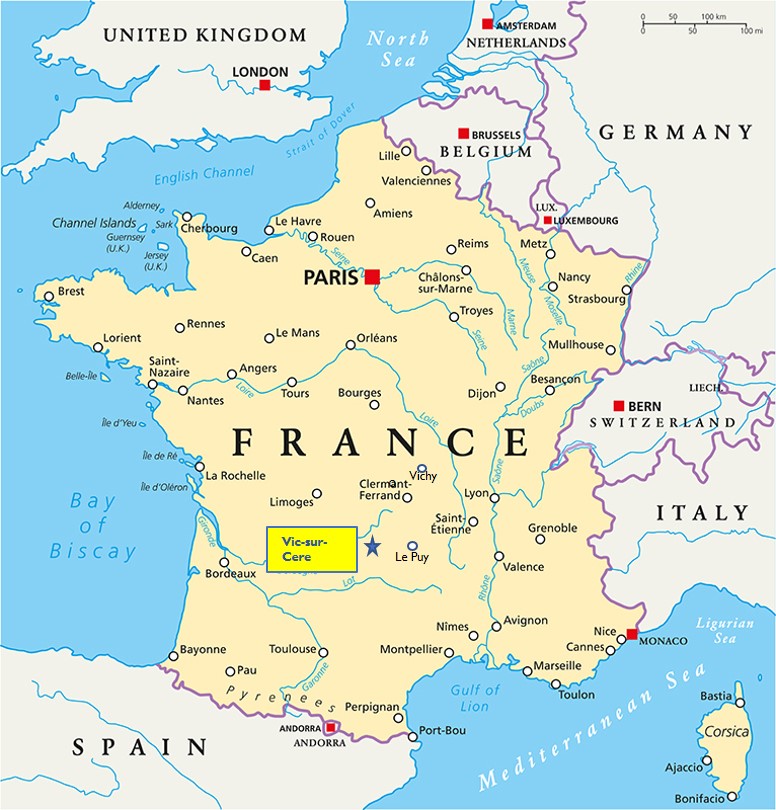
In any case, there was a Viscount of Carladès who built his fortress here and declared Vic to be the seat of his government. And this would only be a story of a minor Viscount in a very isolated corner of the deep heart of France – except that some of the country’s best-known historical characters have passed through these narrow streets.
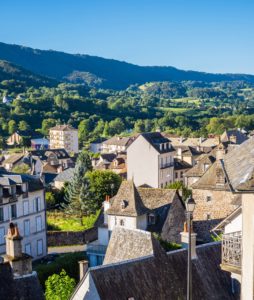

A parade of French Kings and Queens
Very early on, there was an amazing level of activity for a place so far from France’s population centers. Thierry I (son of Clovis, who is often characterized as the first real king of France) took control of the territory in 508 A.D. Louis the Debonair (son of the emperor Charlemagne) came here in 839 to lay siege to the army of his grandson, King Pepin II of Aquitaine. And King Louis XI came in 1476 to attack the incumbent Viscount of Carladès and cart him off to Paris in an iron cage, where he was eventually decapitated for his insubordination to the monarchy.
Queen Margot (who usually gets the adjective “infamous” attached to her name) stayed here for several months in 1585-1586 while she inspected the domains given to her by her mother, Catherine de Medici. And sixty years later, Cardinal Richelieu, the famous “Red Eminence” who helped Louis XIII consolidate the power of the French monarchy, put the castle at Vic on his list of “fortresses to be destroyed because of the threat they represented to the center of power in Paris.”
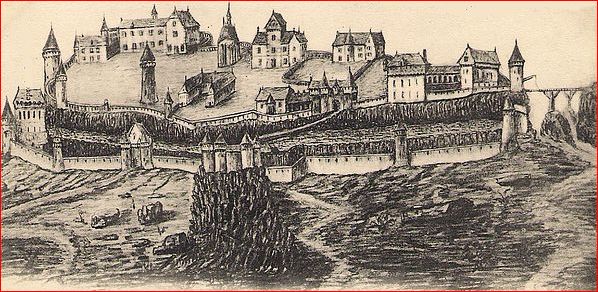

Once the chateau was destroyed, though, Louis XIII designated the territory as a comté (the seat of a Count), and in 1643 he gave it as a “gift” to Honoré II Grimaldi, the Prince of Monaco, essentially to buy off his support in France’s ongoing conflicts with Spain.
Touring the medieval streets of Vic-sur-Cère
It’s not too surprising, then, to find a town full of buildings that recall these grand historic events. Even in summer, there’s a sharply cool edge on the early morning sunshine when I pull into Vic-sur-Cère. I’ve installed an app called “CIRKWI” on my iPhone, and it helps me navigate the ancient streets of the village to find all the main sights, including:
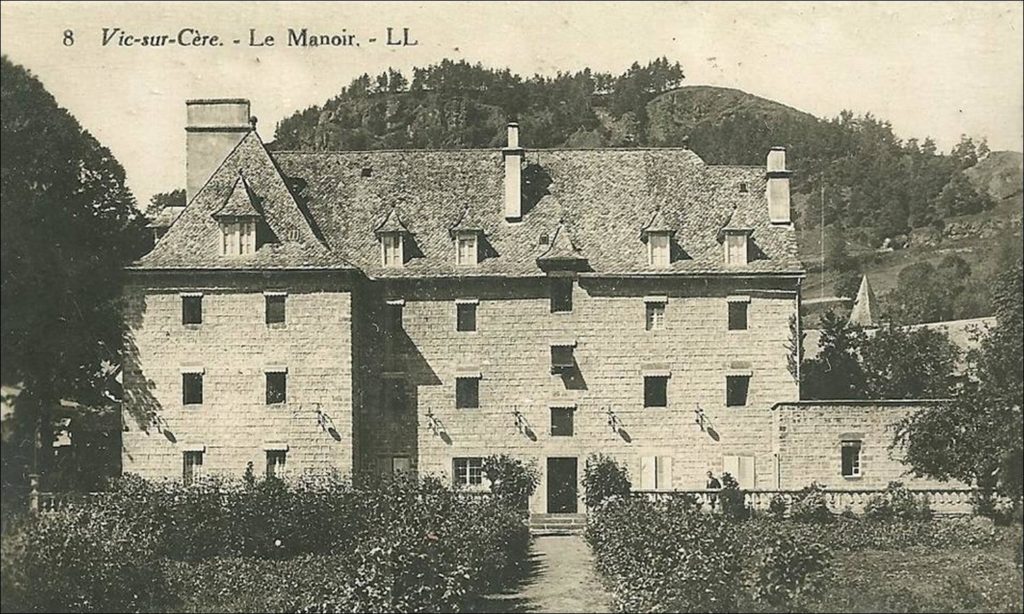
The Manoir, perched on top of the bluff overlooking the village. Founded in 1640, it was originally a convent for rich girls from noble families. Now it’s a private property attached to the 3-star Hotel Beausejour in the center of town; they rent it out exclusively for seminars, marriages, and other special events.
The Maison du Chevalier des Huttes (House of the Knight of Huttes) is a fine medieval townhouse that once belonged to the Pages de Huttes family. (They show up elsewhere in the pages of French history: two of the sons of the man who built this house in Vic were on duty as bodyguards to King Louis XVI when rioters from Paris broke into the palace at Versaille on August 5, 1789. The two men sounded the alarm and helped Marie-Antoinette escape – for which they were later executed by Revolutionary guards.)
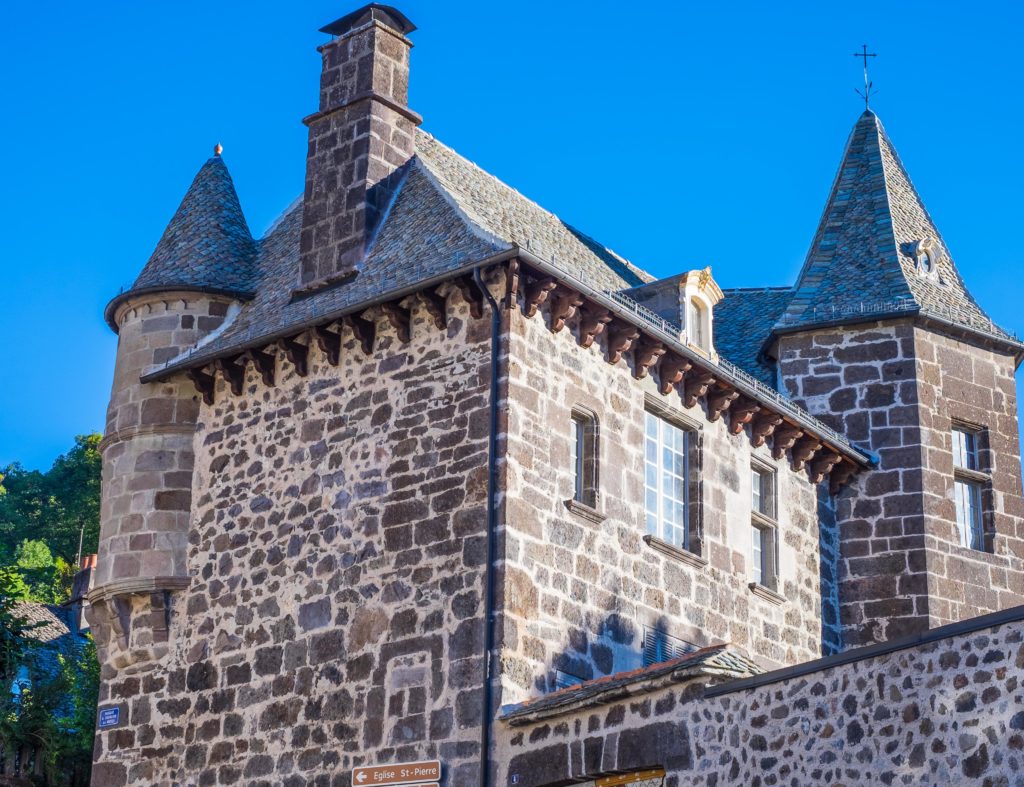

The Maison du Baillage (House of the Bailiff, the King’s administrative officer in the region). It’s an imposing block of a building, testimony to its functions as a Court of Appeals and a prison. Now it’s a private house, and the old courtroom serves as a garage.
The town church, the Eglise Saint-Pierre, built in Romanesque style in 1265 (but like most old French churches, modified and rebuilt and expanded over the centuries).


The little Chapelle du Calvaire overlooking the center of town. The current building dates only to 1827, and is used now as an Exposition Hall – but it replaces another small Benedictine chapel first put there in the mid-1600s. It’s a sharp little hike from centre ville up to the hill, but the views from here are spectacular!
A connection to a modern Prince
For me, though, the most interesting building in town was the House of the Princes of Monaco. Remember I said that the title of “Viscount of Carladès” is still in use today? That’s because Louis XIII gave the domain to the Prince of Monaco in 1643, and that royal family has passed it along over the centuries. Prince Ranier was also Viscount of Carladès; their son Albert II, the current Prince of Monaco, held the title, but it has has already been conveyed to his three-year-old daughter, Gabriella, the current Countess de Carladès!
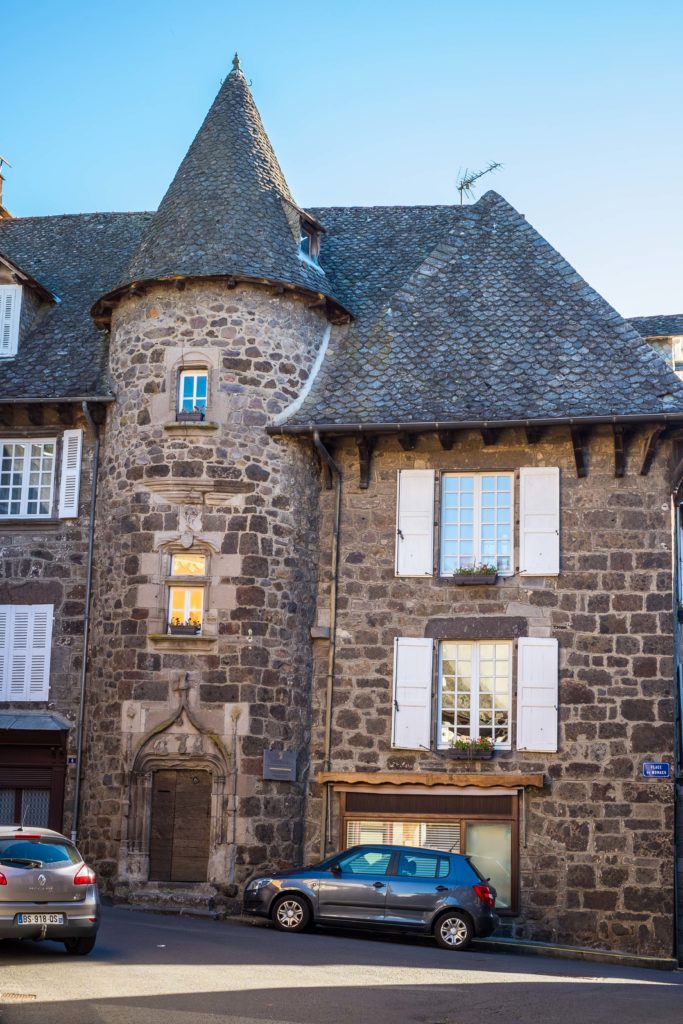
The house itself in Vic-sur-Cère is not at all palatial (the description of it in Wikipedia sniffs “it is too modest and too rustic for such considerable persons”), so it was mostly used as the residence for the Prince’s officers in Vic. Prince Louis I did stay here in 1668, but it wasn’t until 2014 that the Prince of Monaco (Albert II) came back to visit. (Apparently he and Princess Charlene didn’t actually stay here; the plaque on the site says they were “received in front of the building.)
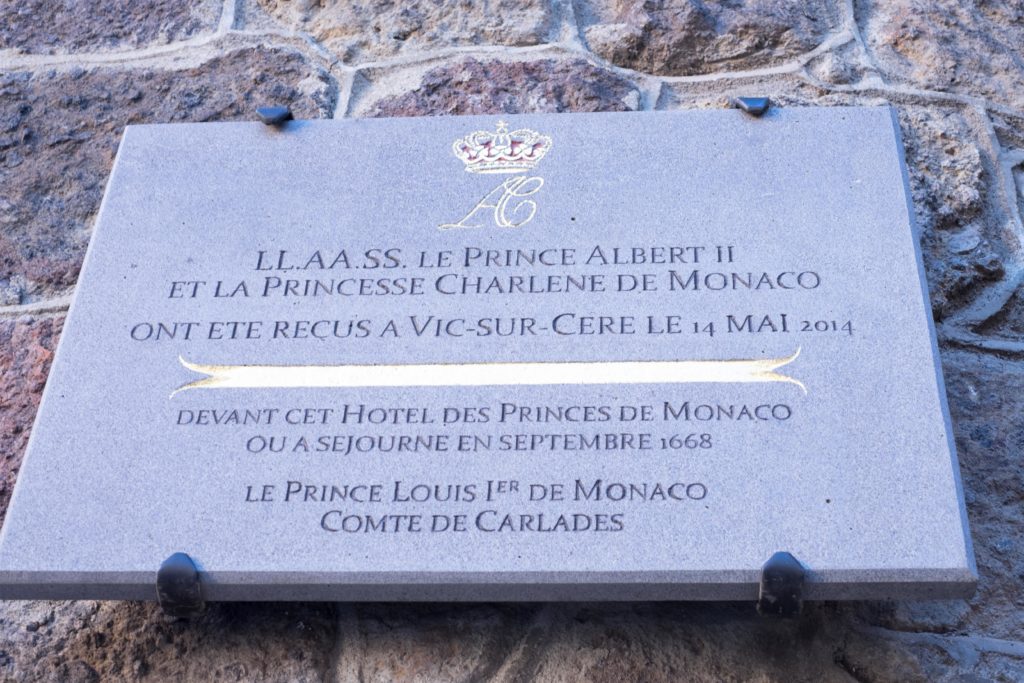
The Maison is not open to the public now, but you can see pictures of its “flamboyant Renaissance” interior at this site devoted to the house.
Still, it’s an interesting, even jarring juxtaposition – it’s hard to think in these days, with France so strongly democratic and anti-aristocratic, that these vestiges of royal history still mean something to some of Europe’s high-end families.
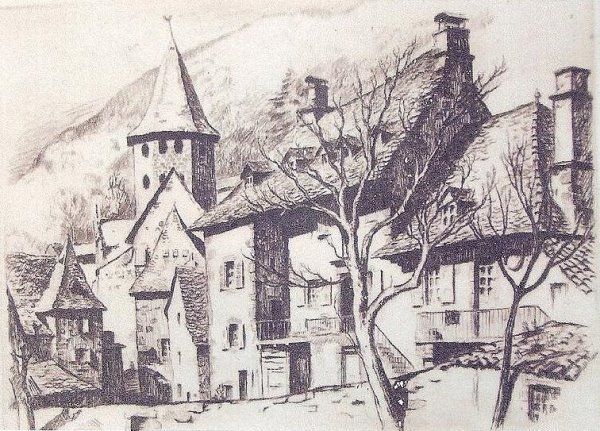
There are other reasons to visit Vic-sur-Cère, of course – it has a nice thermal spa, and the views from here across the valleys of the Cantal are really breathtaking. But that history was always in the back of my mind as I explored this little town, and I can’t help wondering what Prince Albert thought when he saw what his ancestors had left him.
Do you have a favorite spot in the deep heart of France? A little village whose history appeals to you, or a view of the mountains that particularly moved you? Please share your experience in the comments section! And while you’re here, please take a second to share this post on your preferred social-media platform by clicking on one of the buttons below.
